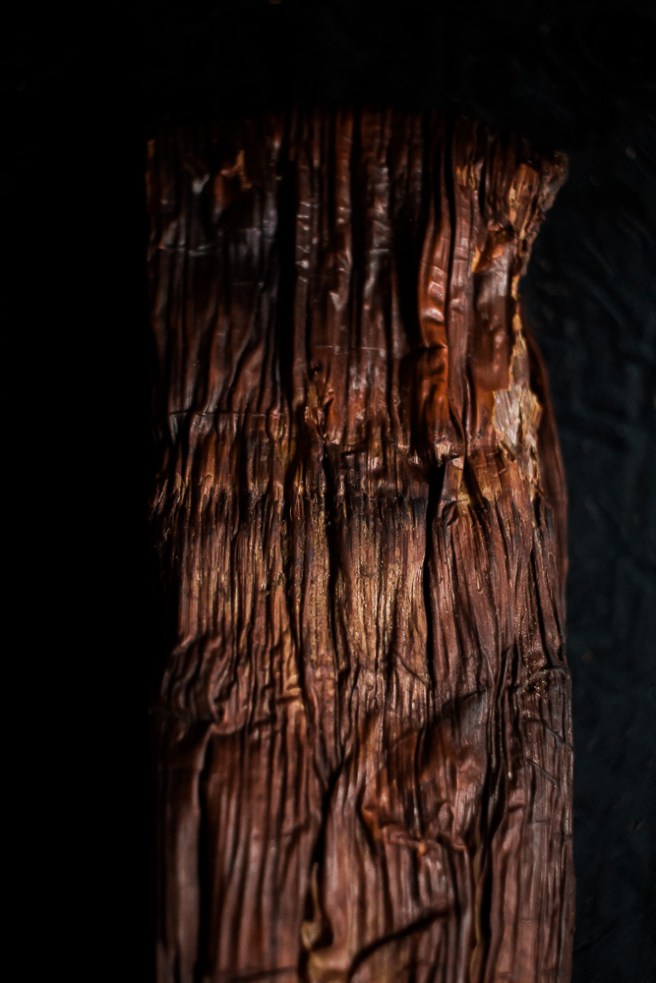Welcome to Our Food Stories: A community podcast by Ugandans for Ugandans sharing food stories from all over the country. Our Food Stories is a show, hosted by A Kitchen in Uganda, about our food and owning and telling our stories of it. It is about how food is not only fuel for the body but a means for most to build community, culture and even identity. As a way to preserve our indigenous foodways, each episode will have a unique guest who will talk about food stories passed down to them by generations past.

Ever wanted to know more about Ugandan food? Ever wanted to hear food stories of generations past and how some of your favorite foods came to be? I am so excited for you to finally listen to Our Food Stories! This podcast was born out of a need to dig deeper and learn more about the food that bonds us as a country. After many months of planning and reaching out to you, it is my greatest joy to finally share this podcast with the world.
The purpose of this podcast is to share food stories, educate, share knowledge and inspire foodies. This podcast is for story lovers and tellers, food historians, foodies, anthropologists and everyone in between. New episodes will be released every two weeks. You can binge listen to the first 3 episodes right now by clicking here.
Because this is a community podcast, any and everyone that is Ugandan and has an interesting food story to share can contribute to the podcast by sending an email to: contact@akitcheninuganda.com with the subject line: My Food Story so that we can share details on how to contribute. You can also send us a DM to @akitcheninuganda on Instagram to contribute to this podcast.
Connect with us on the socials using #ourfoodstoriesUg and let us know what you think of the podcast so far.

Listen to the podcast on:
Subscribe to the podcast and stay tuned for more stories coming your way. Don’t forget to leave us a review on Apple podcasts!





